READY TO GET STARTED?
REQUEST A FREE ESTIMATE
Fill out the form below or call (855) 789-9807 for a free, no-obligation estimate.
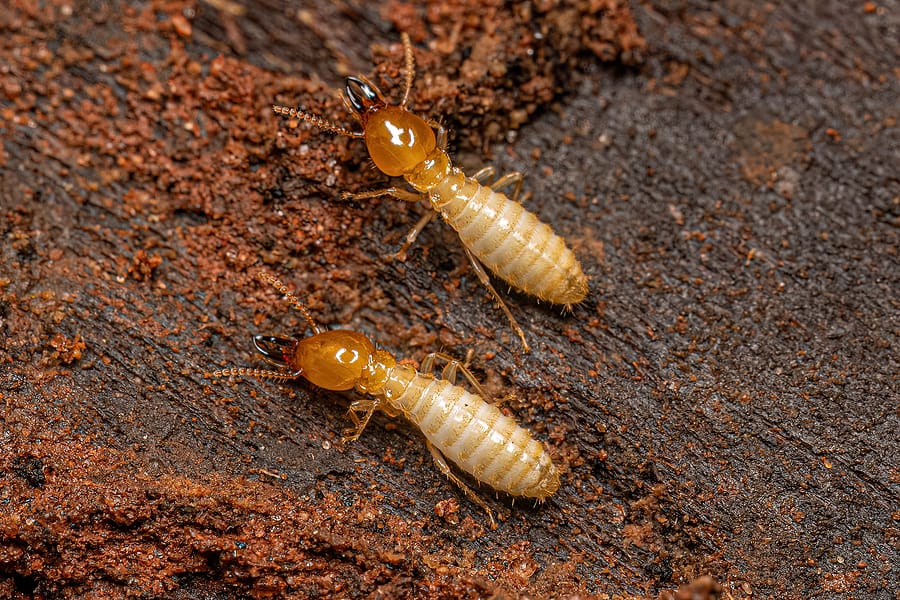
Termites are so destructive because they eat wood from the inside out, often going long periods of time before they are discovered. For this reason, annual termite inspections are critical to protecting your home. These inspections help spot signs of termites sooner, allowing termite control to be implemented earlier in the termite infestation.
There are several different options when it comes to termite treatments. Here are four of the most popular:
Liquid-soil termite treatments are applied to the soil around your home to act as a treatment barrier. They last for an average of 5 years. A trench is dug around the perimeter of your home, and liquid termiticide is applied. The trench is then filled in. This method helps to prevent future infestations while also killing any existing termites as they travel between your home and their nests.
Bait station treatments are another option for termite control. Bait stations are strategically placed around your home using this method. Each station contains a slow-acting termiticide that the termites take back to their nests and share with other termites. These treatments may take longer to work on termites. They also necessitate regular monitoring and maintenance to ensure that each station contains bait.
Wood treatments are an additional termite control option. These treatments make use of either surface sprays and treatments or injected sprays and foams. Wood treatments kill existing termites while also penetrating the wood to prevent future problems. These treatments necessitate direct access to infested wood, which can be difficult to obtain in some cases. Sprays are better for new construction treatments because the wood can be treated while the house is being built. Injected foams are better for use on existing structures because they can expand into cracks and crevices that sprays may not be able to reach.
Pre-treated building materials are ideal for new construction. The termiticide can be sprayed or brushed on. Termiticide can also be applied anywhere the new structure comes into contact with the soil, allowing the soil to be pretreated. Using pressure treated wood is another option because termites are less likely to infest wood that has been treated with chemicals.
While these termite treatment options are efficient at eliminating existing infestations, unfortunately they do not provide permanent elimination of termites. There is always a risk that termites will return to invade again. Termite control is an ongoing process, requiring persistent maintenance and prevention techniques to continue to keep them out.
You can prevent termites by:
Contact your local pest control company for a thorough evaluation.
How to Keep Spring Wildlife Out of Your Home
How Dangerous Is The Water Moccasin?
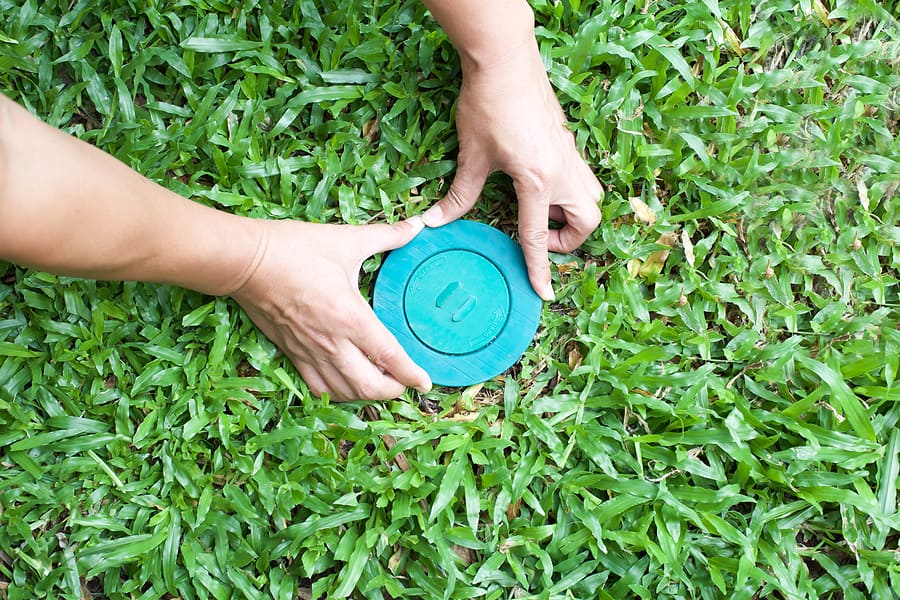
Termites are household pests that can cause significant damage in a short amount of time, leaving homeowners with costly repairs. In fact, most homeowner’s policies do not cover termite damage. There are two major types of termites that cause damage to homes: subterranean termites and drywood termites. The type of termite you are dealing with, along with the size of the colony and extent of the damage all determine what type of termite treatment will be most effective. Preparation of your home will depend on which treatment will be performed.
For liquid-soil treatment, a trench is dug around the perimeter of your home where termiticide is applied and then filled back in. For this type of treatment, no preparation is required.
Bait stations are strategically placed in the ground around your home. These treatments also do not require any preparation.
Fumigant treatments are the most extensive and also require you to prepare your home prior to treatment. During fumigation, a tent will be placed over your home and gas will be released, killing any termites that are present, even those in hard to reach areas. You can get your home ready for fumigation by:
Termites can be difficult to get rid of once an infestation has established. Contact your local pest control company for a termite inspection and appropriate treatment options.
Rodents to Lookout for this Winter
Are Spiders More Common In Winter?
When Does Swarming Season Begin?
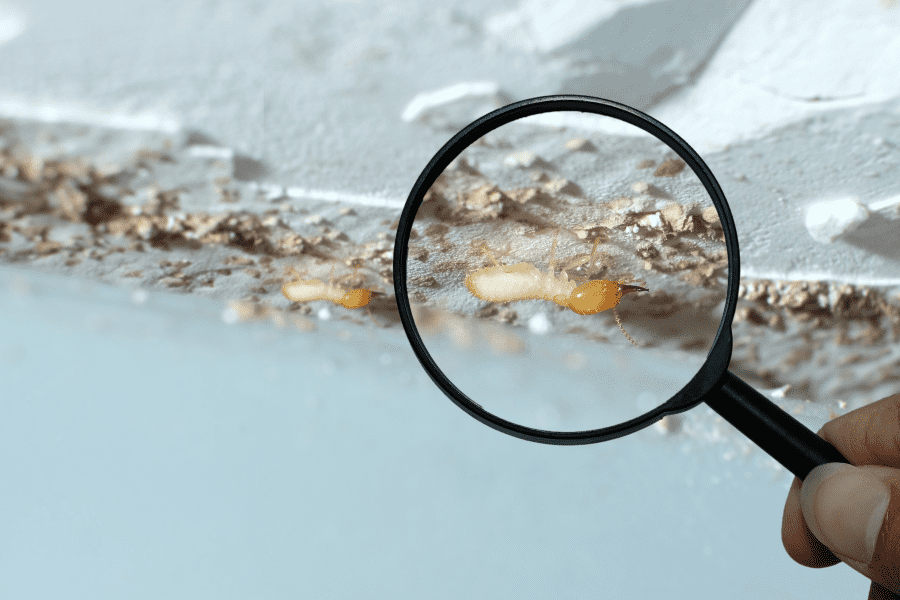
With termites being active 365 days a year, termite prevention is a year-round venture. Termite activity is typically more predictable in the winter months, so setting up termite treatments, especially bait stations, is ideal.
Termites in the south are more likely to discover strategically placed bait stations, like Sentricon® Always Active, year-round, but can also discover the bait stations in the winter. This is because in warmer months, termites are more likely to travel further away from their nests to find food. Termites tend to stay closer to home in the cooler months, making it more likely for them to find termite bait instead of food.
The first step to getting your bait stations in place is to have a property inspection. A technician will do an assessment of your property to determine the best placement locations for your bait stations. They will be able to evaluate the size of your property, age of the structure, and if any termites are currently active. The stations are then implanted into the ground with the top placed flush with the soil’s surface. The stations don’t need to be messed with and your technicians know when to check on them, making it something you don’t need to worry about.
If you are interested in getting year-round termite protection, be sure to reach out to your local pest control company to get started today!
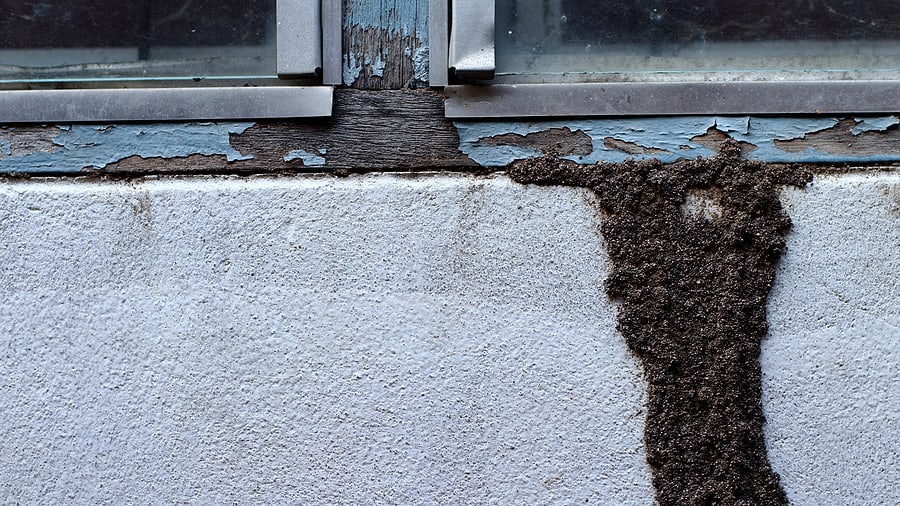
An annual termite inspection is a huge part of termite control. These inspections not only look for signs of termite activity and previous damage, they also look for any areas of your home that might be at risk for future termite infestations. Although termite season peaks in spring and early summer, you can schedule your inspection at any time during the year. What’s most important is that you have it done every year; termites can go undetected for long periods of time so annual inspections can help catch this activity early, saving you on costly treatments and repairs.
The good news about termite inspections is that most companies will perform them for free (unless it’s part of a real estate transaction). In most cases, once the inspection is complete then you will pay for either a treatment (if activity is found) and/or to have your termite bond renewed for the next year.
Once you schedule your termite inspection, the next step is to prepare for your technician’s arrival. Make sure to remove anything under your kitchen and bathroom sinks to allow them to check for any water damage or termite activity in these hotspot areas. In your garage, make sure anything stacked against the walls is pulled out at least 2 feet. The same goes for anything touching the exterior walls of your home. Remove any items that might be blocking the entrance to your attic or crawlspace. Trim any bushes or plants that conceal your exterior walls, crawlspace opening, or foundation.
The average inspection will last anywhere from 45 minutes to 2 hours, depending on the size of your home and property. A technician will carefully inspect both the inside and outside of your home, looking for signs of termites including droppings, discarded wings, mud tubes, damaged wood, and live termites). They will also check for any signs of previous termite damage. A termite inspection should include examination of baseboards, walls, windows, crawlspaces, door frames, windowsills and frames, inside cabinets and closets, attics, garages, and foundations. They will take extra care when inspecting kitchens, bathrooms, and utility rooms since termites will often use plumbing that passes through foundations to gain access to your home. They will also check the surrounding property and outbuildings, as well.
If termite activity is detected, appropriate termite treatment options will be suggested. If there are no signs of activity or infestation, termite prevention tips may also be recommended to help prevent any future damage. Some things you can do around the house include:
If you suspect termite activity or just want to get a step ahead at termite prevention, contact your local pest control company and schedule your free inspection.
How to Continue Caring for Your Lawn in the Fall
9 Common Spiders To Look Out For This Fall
Fall Spider Identification Guide
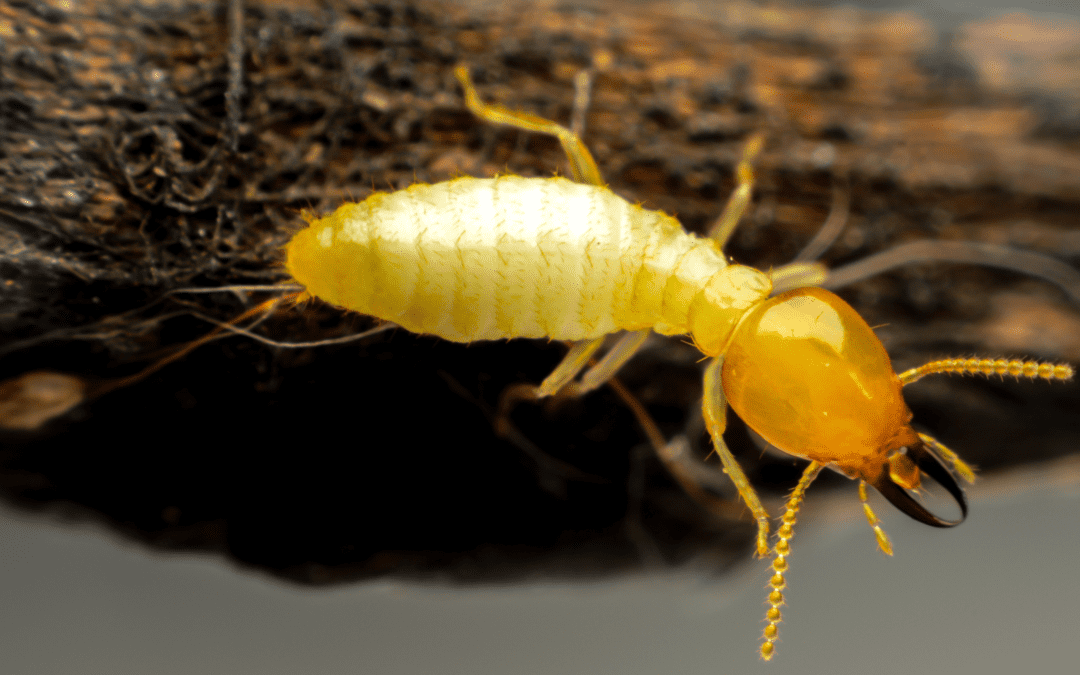
Did you know that termites can cause extensive damage that can compromise the integrity of your home’s structure? Most homeowners insurance policies do not cover damage caused by termites or other pests. It’s imperative to have a termite control system in place for your Pompano Beach home, ensuring you and your family don’t have to worry about future damage. Let’s go over the many different types of termite treatments that will keep your home safe from structural damage!
A no-tent termite treatment is an excellent alternative to tent fumigation and can make treating your home for drywood termites a much easier process. This service addresses the unique behaviors of South Florida’s drywood termite species. Drywood termites create colonies in wood, with no connection to the ground necessary. They also need very little moisture and are often found in attic trusses, fascia boards, and soffit areas.
The benefits of “no tent” treatments are:
This termite service is best used when subterranean termites are the problem. It is an environmentally-friendly solution that involves placing green bait stations along the exterior perimeter of your home. The bait system doesn’t allow termites to molt, grow, or develop correctly, resulting in the total elimination of a termite colony. This baiting system helps to control subterranean termites, including the Formosan and Asian subterranean termite species.
Benefits of termite bait systems include:
Another way to combat subterranean termites is with liquid defense. This solution has proven to work in the most challenging situations, climates, and environments to eliminate subterranean colonies. This effective treatment requires a trench to be dug around the foundation perimeter, and then a termiticide is injected in proper intervals. It doesn’t kill the termites immediately but gives them time to bring it all the way back to the queen, ultimately eliminating the entire colony.
Benefits of liquid termite defense:
If you notice termite damage in or around your home or property, it’s best to contact your local Pompano Beach pest control company. They will be able to professionally assist you with your needs and find the best termite solution for you and your home.